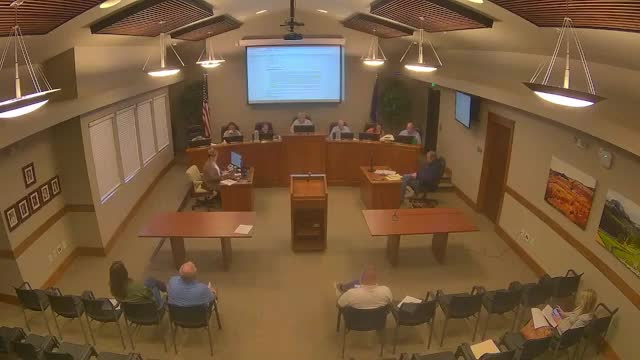Debate intensifies over minimum home sizes in R3 zones
October 03, 2024 | Parowan Planning and Zoning, Parowan City Council, Parowan , Iron County, Utah
Thanks to Excel Chiropractic and Scribe from Workplace AI , all articles about Utah are free for you to enjoy throughout 2025!

This article was created by AI using a video recording of the meeting. It summarizes the key points discussed, but for full details and context, please refer to the video of the full meeting. Link to Full Meeting
Currently, the R3 zoning does not specify a minimum building size, which has led to the approval of smaller homes in recent years. Some officials expressed concern about maintaining flexibility in housing options, suggesting that imposing a minimum size could limit development opportunities. Others argued for a standard minimum size of 1,000 square feet, consistent with regulations in the R1 zone, to ensure a certain quality and character of residential buildings.
The discussion also touched on the Planned Unit Development (PUD) code, which does set minimum sizes for units—750 square feet in R2 zones and 850 square feet in R3 zones. Officials debated whether to align the R3 regulations with the PUD standards or to allow for more variability in unit sizes to accommodate diverse housing needs.
Additionally, the meeting addressed the regulations surrounding Accessory Dwelling Units (ADUs), specifically the 50% rule that limits the size of an ADU to half the footprint of the primary dwelling. This rule aims to prevent the construction of oversized ADUs that could overshadow the main residence.
As the meeting concluded, officials agreed to revisit the topic in future discussions, with plans to draft potential language for the zoning code that could clarify these regulations. The outcome of these deliberations could significantly impact housing development and density in the community.
Converted from Parowan City Planning and Zoning Meeting 10.02.2024 meeting on October 03, 2024
Link to Full Meeting
Comments
View full meeting
This article is based on a recent meeting—watch the full video and explore the complete transcript for deeper insights into the discussion.
View full meeting

